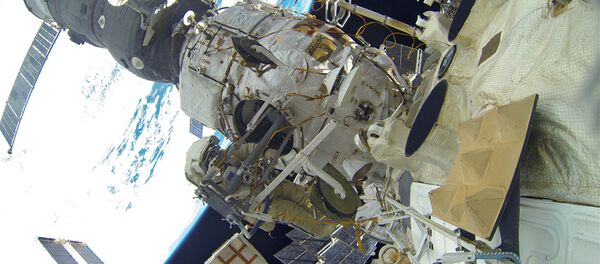Scientists have long suspected that some planets in our solar system, Neptune and Uranus in particular, are hiding a sparkly layer of pure diamond close to their solid cores.
Until now, there hasn't been enough evidence to back up the hypothesis, but a large international research team has managed to precisely recreate the temperatures and pressures of the planets by using the SLAC X-ray laser facility to successfully produce and then examine the diamond rain.
"Previously, researchers could only assume that the diamonds had formed," according to lead researcher Dominik Kraus, from Helmholtz Zentrum Dresden-Rossendorf in Germany, cited by Business Insider.
"When I saw the results of this latest experiment, it was one of the best moments of my scientific career."
The experimental time is very short, but scientists were able to capture the moment of diamond formation, thanks to SLAC's powerful Linac Coherent Light Source (LCLS).
Although the study was initially launched to learn more about the nature of the planets that form our solar system, it may eventually contribute to the production of readily and cheaply accessible diamonds here on Earth.






